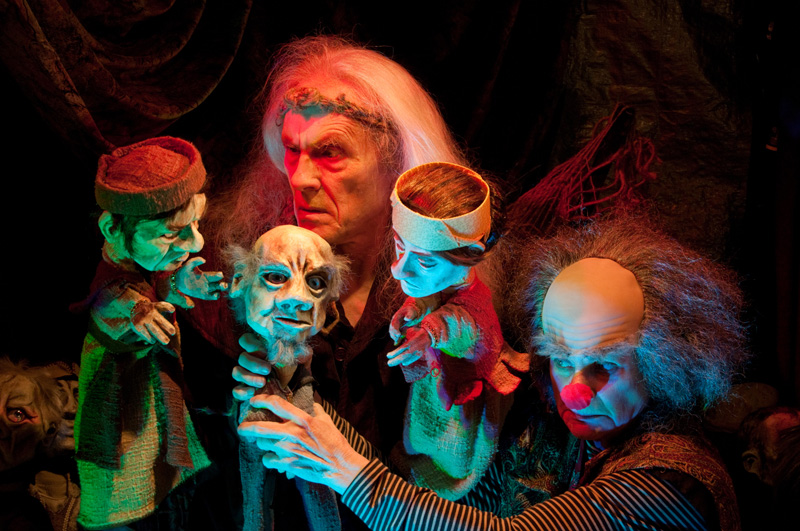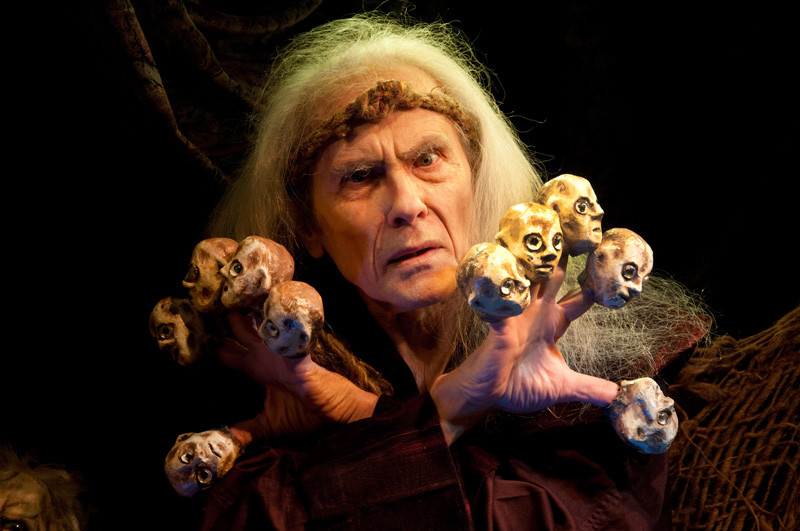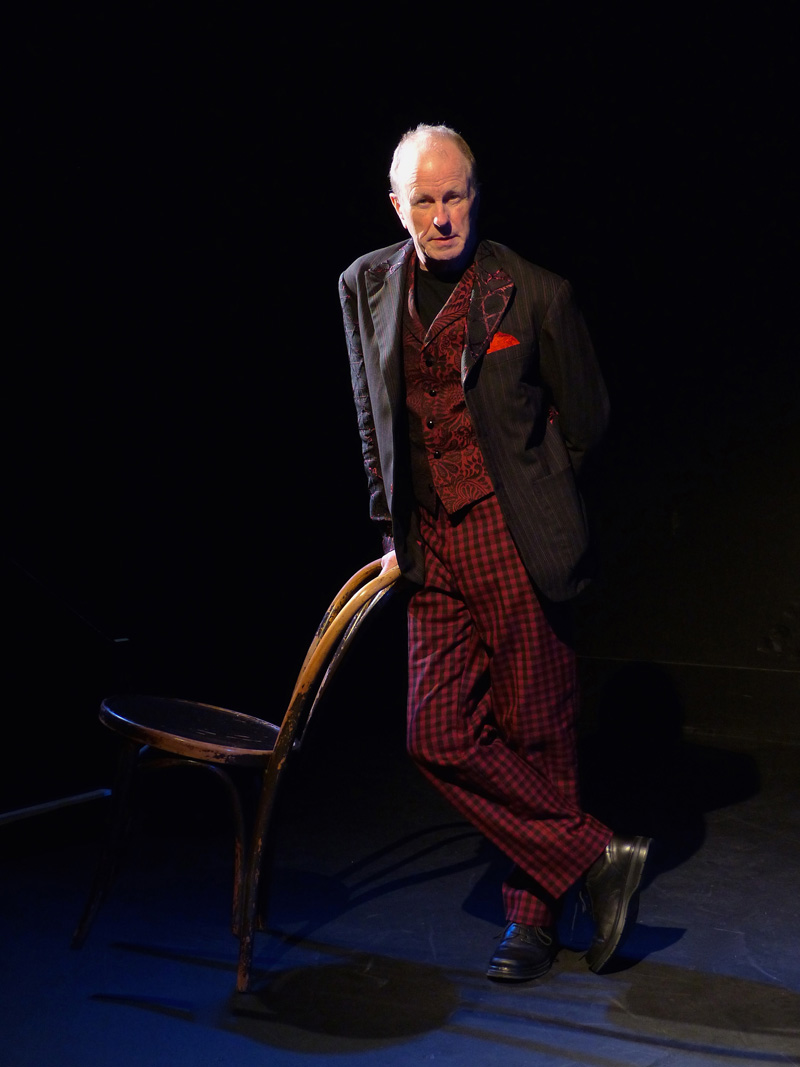Even among the plays of William Shakespeare, King Lear is monumental. George Bernard Shaw, who was better known for criticizing Shakespeare than praising him, wrote, “No man will ever write a better tragedy than Lear.” It’s a superbly crafted play of epic proportions that’s very difficult to perform well. Older actors contemplate whether they’re finally ready to take it on as if they were preparing to climb Mount Everest.
Now a few local stage veterans are tackling Lear in two unconventional and very different shows across town from each other. At the Emerald Tablet Gallery in the heart of North Beach, the Sebastopol couple known as the Independent Eye is performing a two-person King Lear in which Lear and his Fool reenact the story of the king’s downfall with puppets. Meanwhile in the Mission, at the Marsh, the great comedic actor and clown Geoff Hoyle lets the Fool tell his side of the story in a solo show, Lear’s Shadow.
Both versions cover the basic storyline: King Lear decides to retire and split his kingdom between his three daughters, demanding first that each tell him how much she loves him. Eldest daughters Goneril and Regan flatter him with lavish claims of love, while his favorite, youngest daughter Cordelia, tells him modestly that she loves him exactly as much as is her duty. Enraged, he banishes her, dividing his kingdom between the other two. Of course, they mistreat him and he winds up a homeless vagabond, at the mercy of the pitiless elements, looked after only by his court jester and other outcasts.

‘O Exceeding Puppet!’
In the Independent Eye’s distillation, Lear and the Fool (company founders Conrad Bishop and Elizabeth Fuller) sit in a small booth lined with puppets that represent all the other characters. Although condensed to 100 minutes without intermission, this version retells the entire play, with all its many characters and subplots.
The puppets, designed by Bishop, are wonderfully creepy, with subtly grotesque scowling faces and unnervingly realistic eyes. Most are hand puppets of various sizes. Crowds are represented by finger puppets. Gloucester’s scheming son Edmund is played by a larger puppet with one real hand that turns his father and brother into his puppets.



